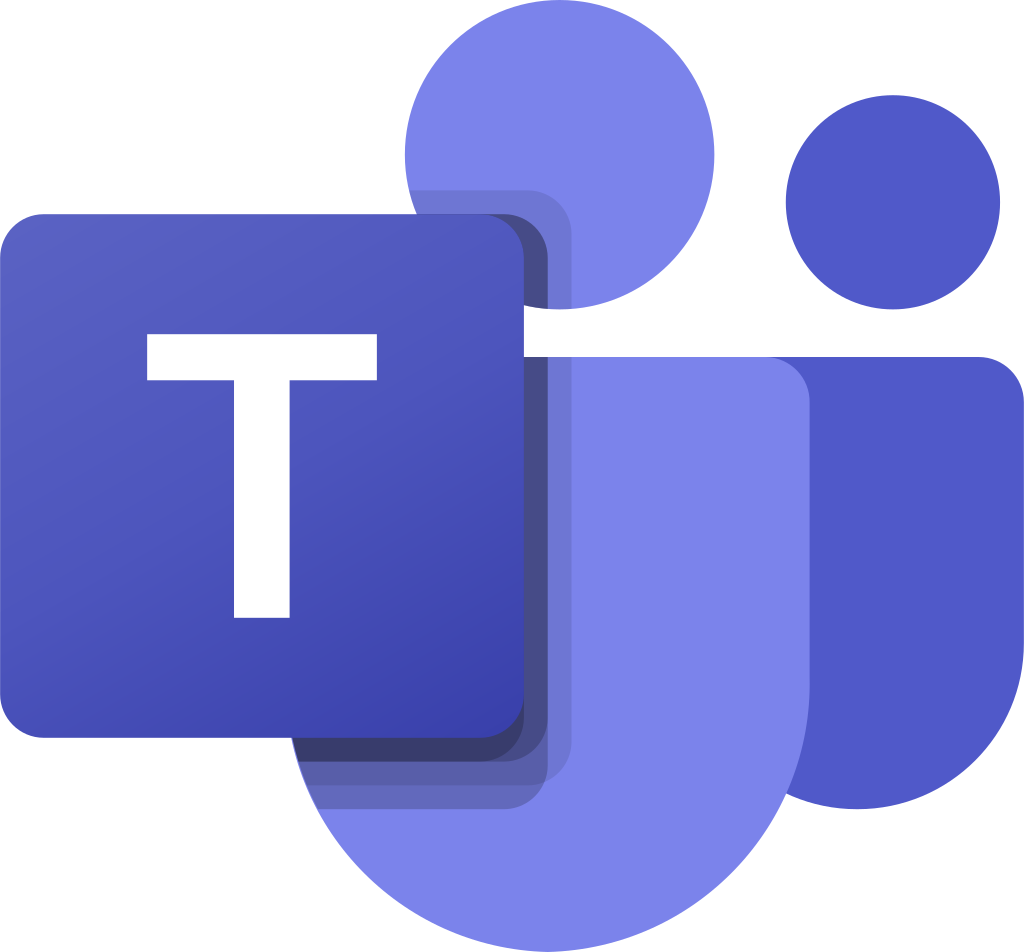Getting Started
This page will help narrow down your options in finding primary and secondary sources. It is recommended to select a historical event or person to be the focus of your search before doing any other research. I recommend selecting from the 1800s-on as the visual and textual primary documents will be most accessible.
Many institutions have primary document, image and object collections. These can be museums, historical societies, archives, universities, corporations, and government agencies. They may be very user-friendly with free-access collections or have strict access rules which require payment. There are even well-informed serious collector/hobbyists who have gone to the trouble to digitize materials for sharing. Do not be surprised at the variety!
Part of using any material from any source is ethical use. Do not set yourself up for a letter from a lawyer for copyright infringement or an expensive invoice or worst of all, a failing grade. Do not assume that because it is on the internet or wherever you found it that is is available for use. Always check the site for permissions and always cite your sources. When in doubt, ASK!
This historical timeline of Mexico runs from pre-history to the 1990s and can give you ideas of the range of events and people you can research. The links provide background information but do NOT use those pages as secondary sources!
Once you have selected your focus person or event, what are your options?
For an image:
- Photograph or painting
- Poster
- Sculpture or object
- Film clip
For a text
- Public speeches
- Private correspondence, letters
- Transcripts of radio interview
- Newspaper article
- Music lyrics
Where you find these will depend on what time period you are working in and if you are looking for text or image. Once you have those primary source items, you need a scholarly source to put these in context and explain their importance. The tabs linked to the left will help you find what you need.
If you are having trouble, do not hesitate to ask for help!


